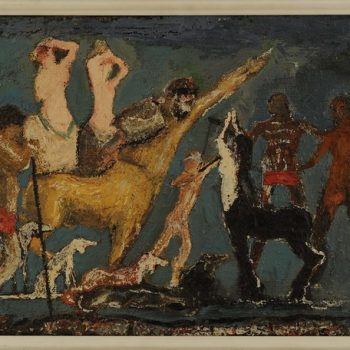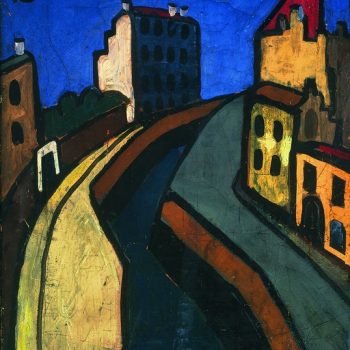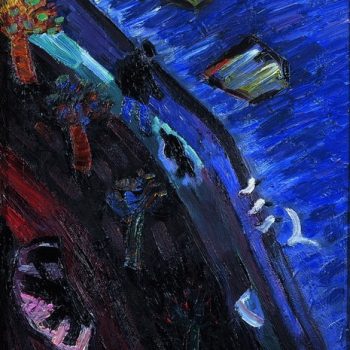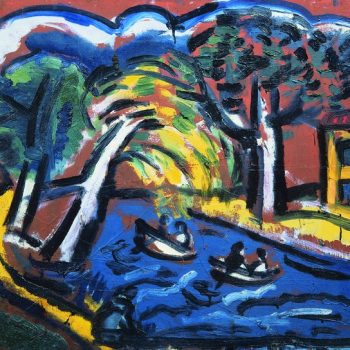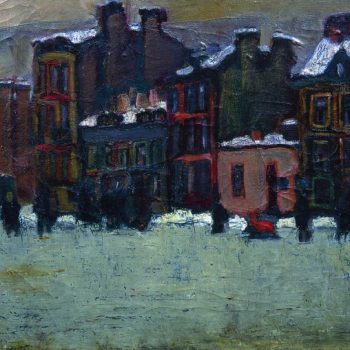Arefyev’s Circle
The non-official art of St. Petersburg (also known as ‘Underground’, ‘Non-Conformist Art, ‘Alternative’, ‘Other Art’, the ‘Second Russian Avant-garde’, ‘Dissident Art-Nouveaux’, etc.) appeared in opposition to the ideologically biased Artists’ Union. Arefyev’s Circle occupies a special place in the non-official art of the 1960s–70s, itself an important phenomenon in the art of the second half of the 20th century. Besides its founder, Alexander Arefyev, it includes Richard Vasmi, Vladimir Shagin, Shalom Schwartz and Natalia Zhilina, most of them students of the Academy of Arts High School expelled ‘for formalism’. In spite of the difference in style and manner of painting, they all shared a similar worldview, they relied on similar aesthetic principles, they had an uncompromising attitude to art; and they were friends. In the 1960s–70s, the artists of Arefyev’s Circle became the core of the Independents’ Movement that largely determined the formation of the then Leningrad Underground. The young artists found themselves outside of the establishment. With no access to exhibitions and without commissions, they had to earn their living working as stokers, house-painters, tree-fellers, musicians and typography proofers. But they never deviated from reflecting the most painful issues of Soviet reality in their art, their canvases being an equivalent of the bitter truths of life around them.


